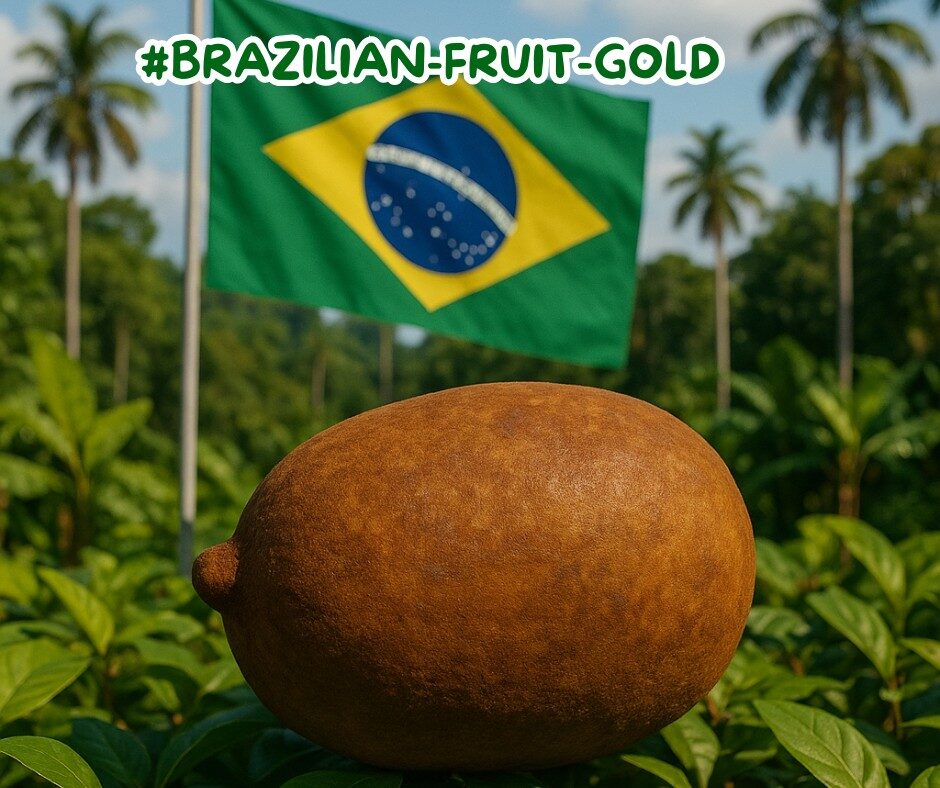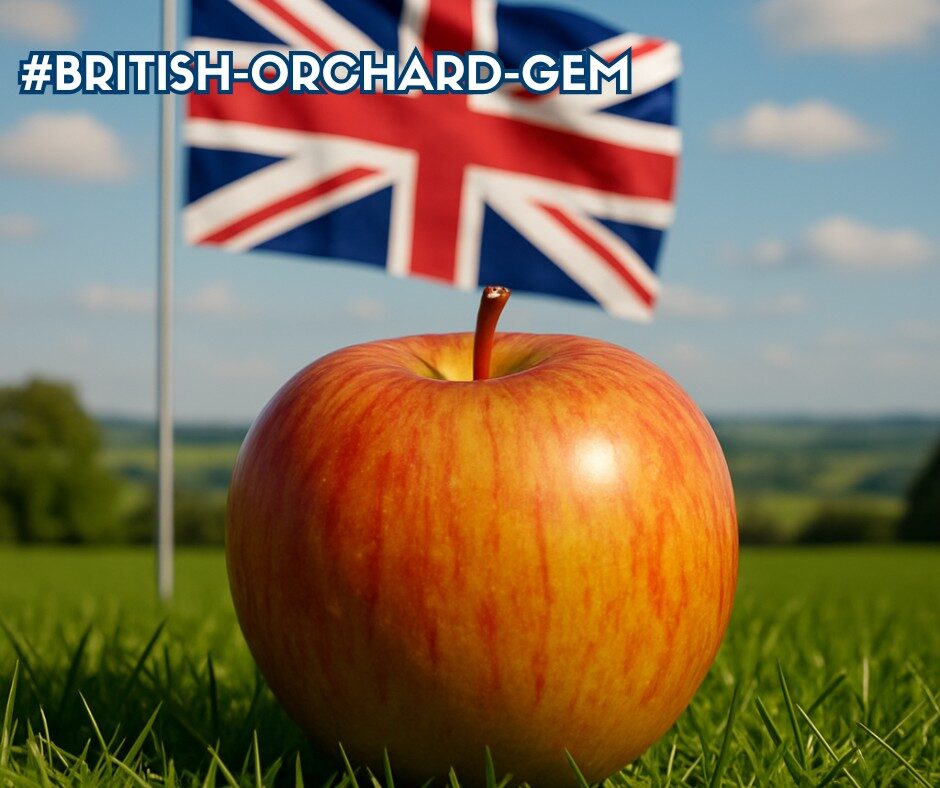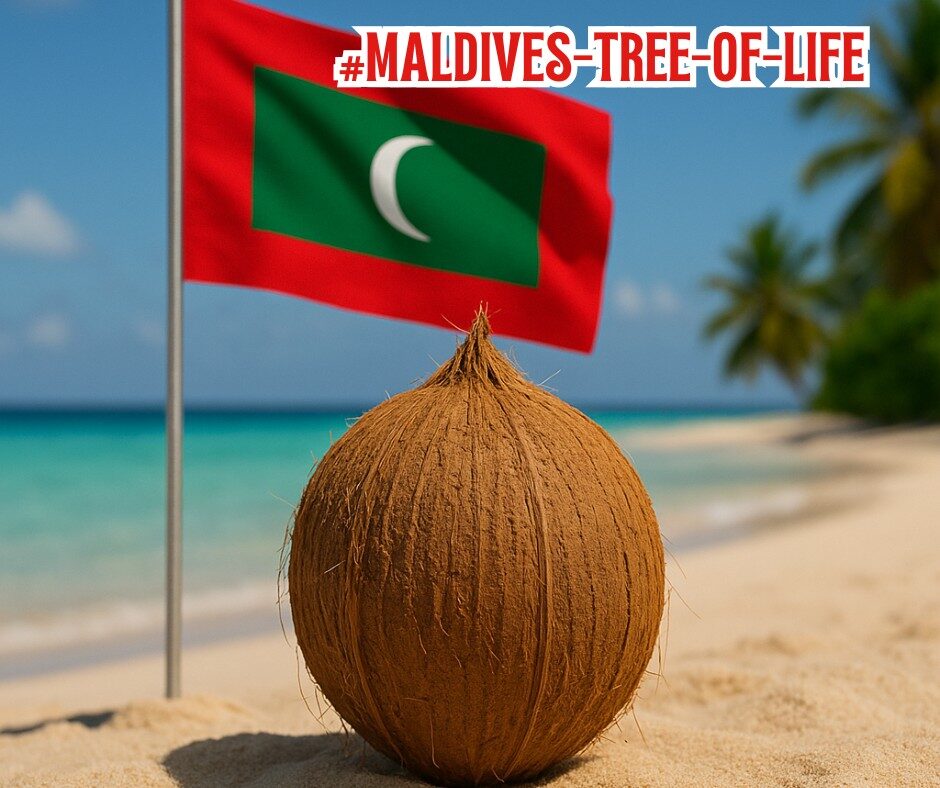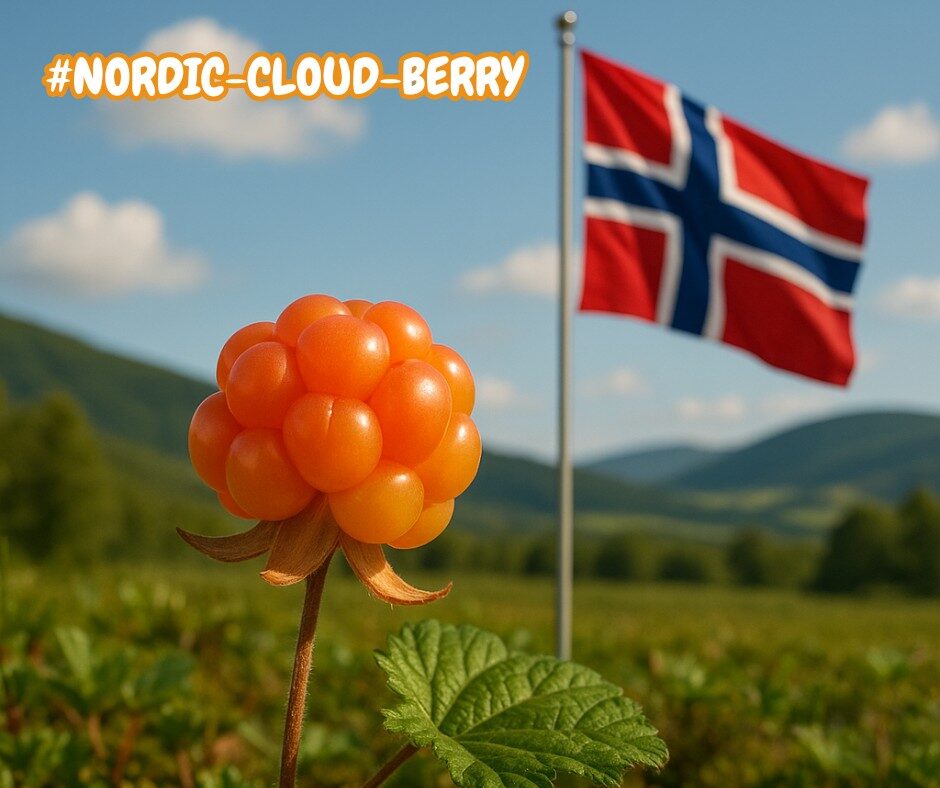by Dr. Marli Botha
Oranges were likely first cultivated in southern China (references to the fruit can be found in region’s literature as far back as 314 BC). They’ve since been hybridized, re-hybridized, and altered so much that there are hundreds of orange varieties throughout the world. Here are some not-so-common orange varieties…
- Bergamot is a bitter, inedible citrus fruit – often called a bergamot orange – although confusingly, it is yellow coloured like a lemon which is famous for flavouring Earl Grey tea. Bergamot is pronounced “burger-mott” in English, Bergamotto in Italian and Bergamote in French. Today, bergamot flavouring is used widely in food, drinks (like Earl Grey of course) and for scenting perfumes, cosmetics like skin creams, bubble bath, shower gels and essential oils for which it is used extensively in aromatherapy.
- The Blood Orange is probably a natural mutation of the regular orange; it has a deep, sinister red flesh which indicates a high level of antioxidants known as anthocyanins. Most oranges do not have these. Blood oranges are not as sweet as the Cara Cara, but they do have an appealing sort of raspberry flavour to them.
- The prettiest of all oranges is the Cara Cara. It’s a type of navel orange – it’s sometimes labelled “pink navel” or “red navel” – and was discovered in Venezuela in 1976. It is an all-time great orange, extremely sweet but with a complex sort of berry flavour behind it. And best of all is the colour: a luscious pink.
- Jaffa Oranges have a thick skin which are juicy and sweet that contains very few seeds. The variety is named so as it was originated in Jaffa, a city in Israel. It is not cultivated outside that country.
- Trifoliate Orange can be used as rootstock for sweet orange trees. Trifoliate oranges bear downy fruit and are also used to make marmalade. They are native to northern China and Korea.
- Sour Orange as the name implies, sour oranges are too bitter for off-the-cuff snacking, but their strong flavour and oil is essential in the production of liqueurs, like Grand Marnier and triple sec. At home, use sour oranges to make a tangy marinade or flavourful chutney.




